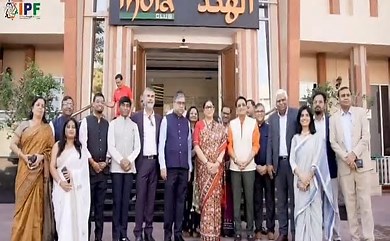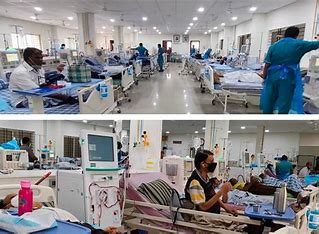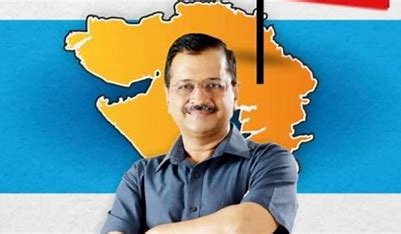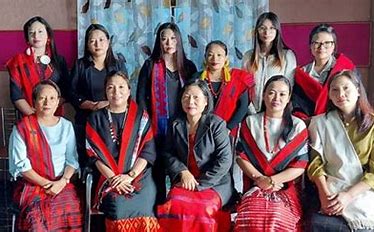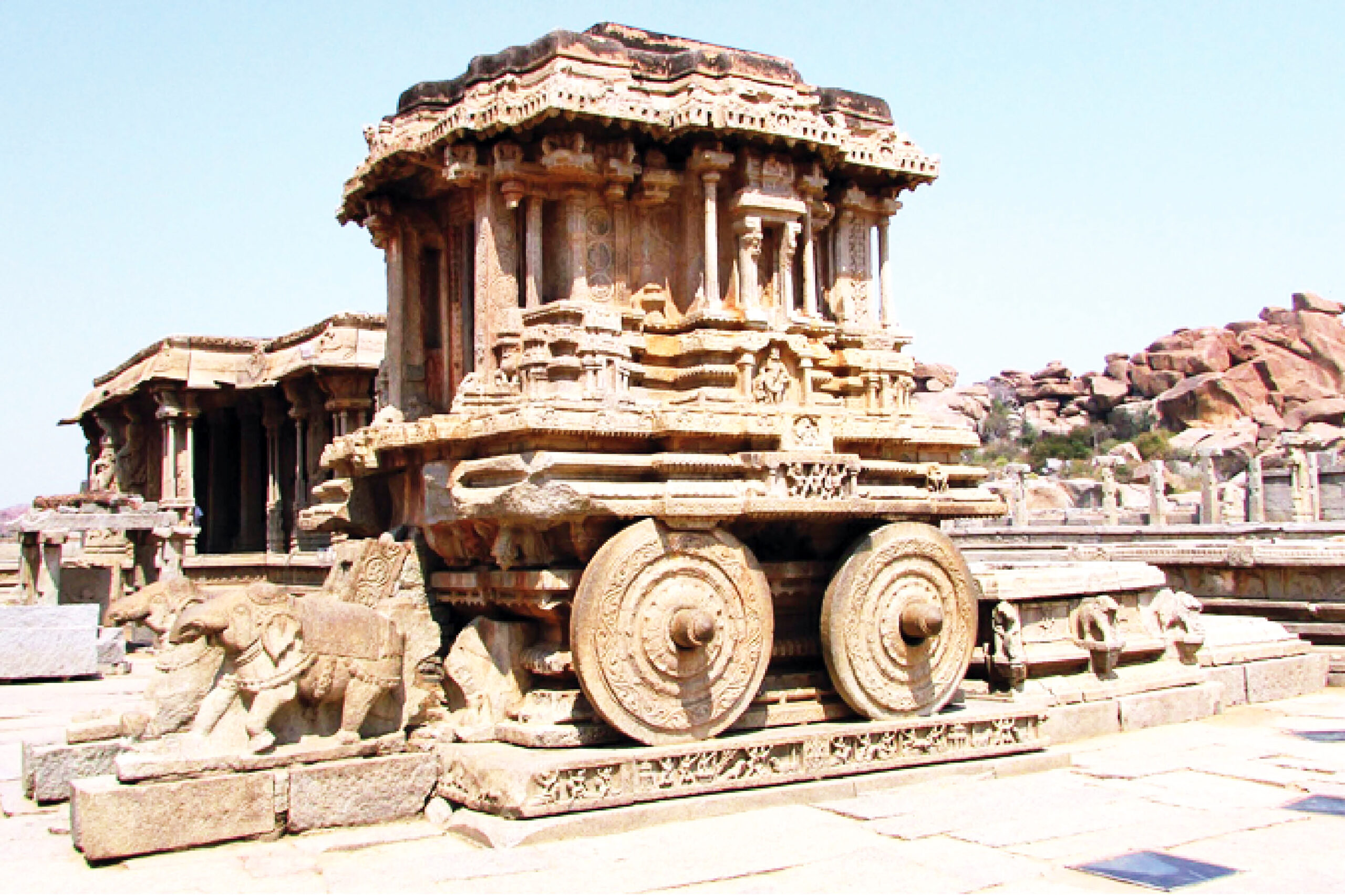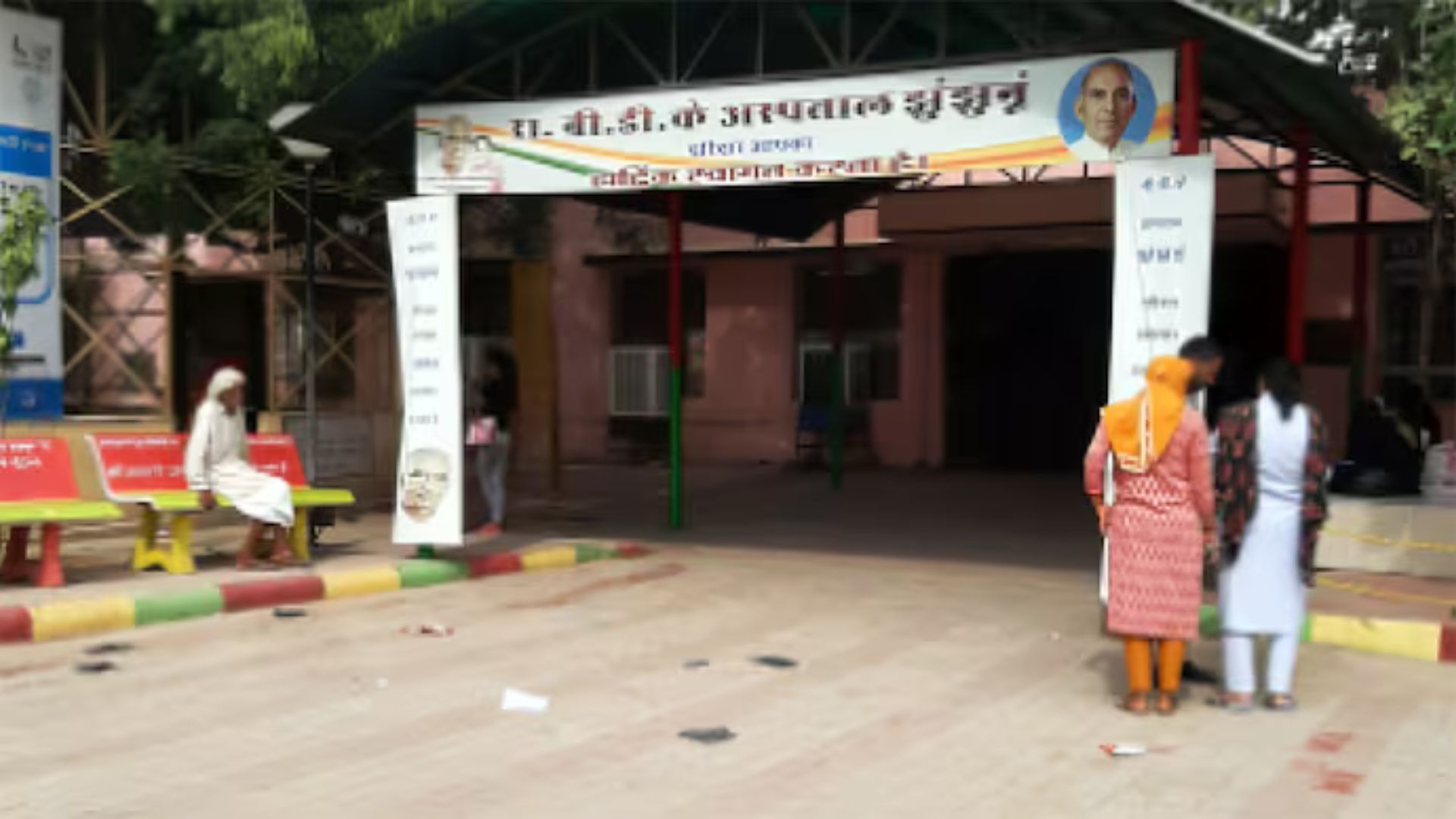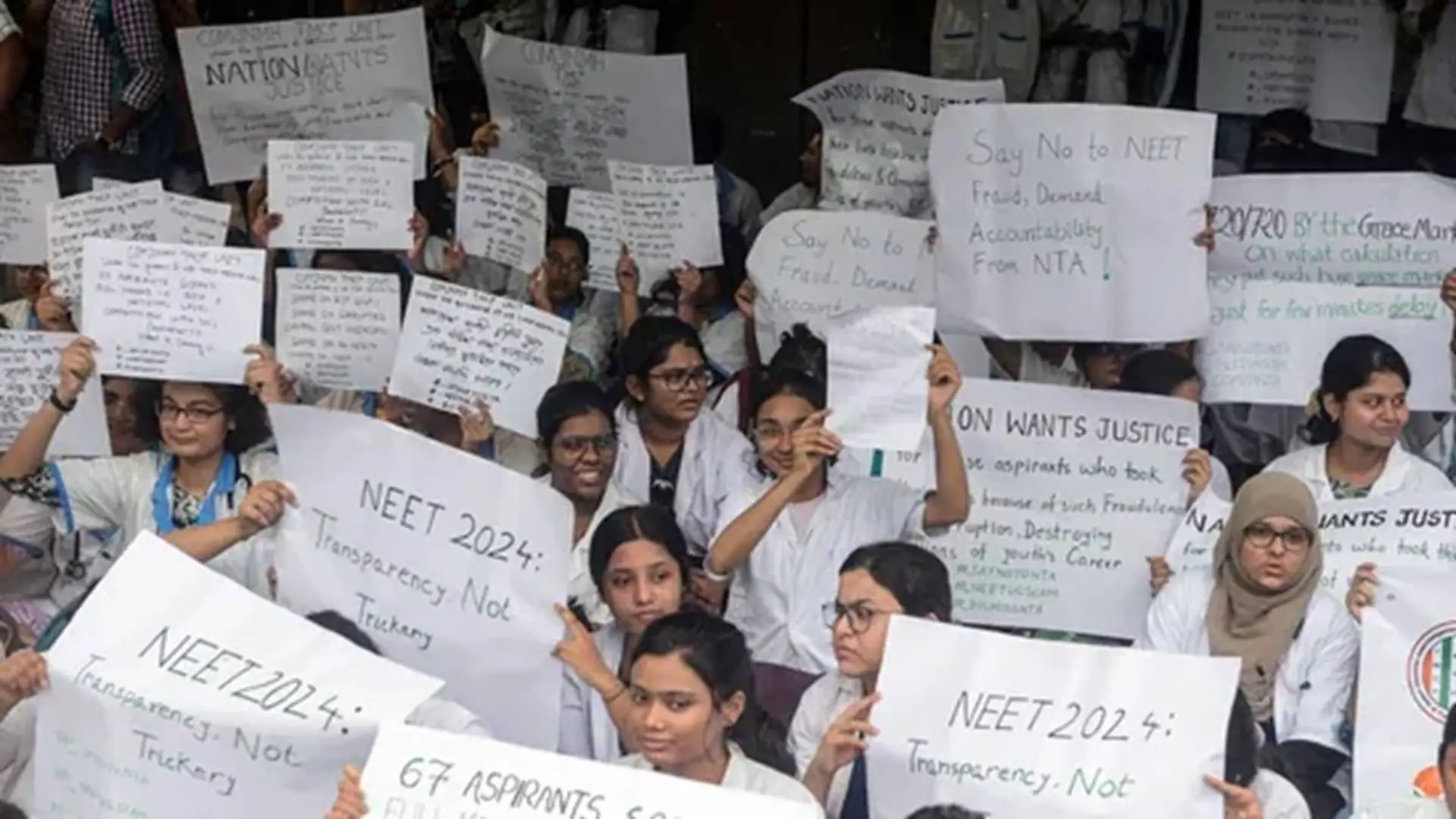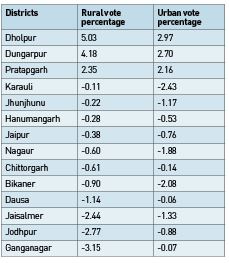
The rural areas of Rajasthan have shown more awareness of democracy compared to urban voters. In the 2018 elections, rural voters surpassed urban voters in terms of participation and this trend continued in the latest elections as well. Rural voters have contributed significantly to the increase in overall voting percentage, casting 4.44% more votes than in the previous elections.
It is worth noting that in Rajasthan, there are 4 crore 64 thousand 745 voters in rural areas, of which 75.67 per cent have exercised their voting rights. In these elections, 3 crore 18 thousand 935 voters from rural areas cast their votes. Meanwhile, in the urban areas, out of 1 crore 24 lakh 83 thousand 360 voters in the 2023 Assembly elections, 88 lakh 92 thousand 464 voters exercised their voting rights. In this regard, 71.23 per cent voted in urban areas. Moreover, compared to the previous elections, rural voters cast 0.29 per cent more votes, and urban voters cast 0.97 per cent more votes.
In Dholpur, rural voters contributed 5.03 per cent more votes.
Furthermore, compared to the previous elections, rural voters in Dholpur district cast 5.03 per cent, in Dungarpur 4.18 per cent, and in Pratapgarh 2.35 per cent more votes to elect the new government. On the other hand, if we talk about districts with fewer votes than in the previous elections, Ganganagar has cast 3.15 per cent fewer votes than in the last elections. Whereas in Bikaner, it is 0.90, Chittorgarh 0.61, Dausa 1.14, Hanumangarh 0.28, Jaipur 0.38, Jaisalmer 2.44, Jhunjhunu 0.22, Jodhpur 2.77, Karauli 0.11, and Nagaur 0.60 per cent less voting.
In urban voting too, Dholpur is ahead, and Jalore lags.
On the other hand, if we compare the voting from 2018 to 2023, even in urban voters, Dholpur has led. In Dholpur, 2.97 per cent more urban voting took place compared to the previous elections. While in Dungarpur, 2.70, and Baran, 2.16 per cent more voting rates were recorded. Similarly, in Karauli, 2.43 per cent fewer votes were cast compared to the previous year. Whereas in Banswara, it is 1.17, in Barmer 0.53, in Churu 0.76, in Ganganagar 1.88, in Hanumangarh 0.14, in Jaisalmer 2.08, in Jalore 0.06, in Rajsamand 1.33, in Sikar 0.88, in Sirohi 0.07, and in Tonk 0.97 per cent less voting was recorded compared to the last elections.
